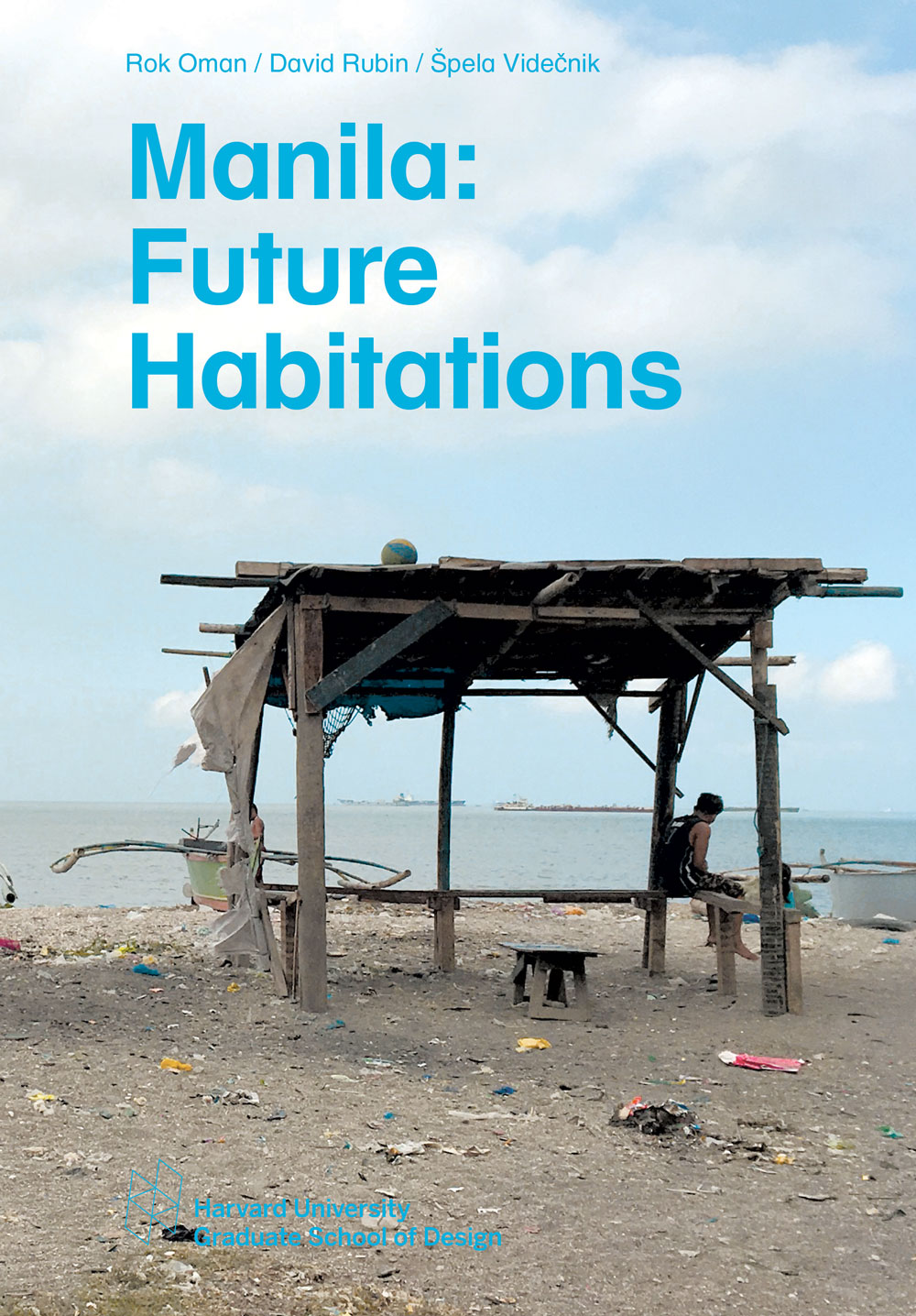Manila: Future Habitations
Manila’s extraordinary history—written, erased, and rewritten—has rendered a current condition that is one of extremes and great tensions. The city of 25 million is ripe with poverty and affluence, congestion and release, pollution and ecological diversity. “Manila: Future Habitations” will focus on three strategic areas within or adjacent to Manila’s historic core: the Port of Manila, where sea level rise, a desire to access waterfront by citizenry, commerce, and a need for middle-income housing stock all collide; The Baseco Compound, a spontaneous settlement situated on a peninsula in Manila Bay with no infrastructure; and the Intramuros and Adjacent Pasig Riverfront, where infrastructure, architecture, and challenged ecologies are in need of alignment. This studio will focus on the design of human settlements, new types of dwellings, the connective tissue and common ground of cities, and the challenge of designing for the human condition against future tensions.
Focus Areas and Topics to be Covered:
Site One: Manila Bay – Baseco Compound
Spontaneous Settlements
Sea Level Rise
A New Dwelling Typology
Strategies for Material ReUse and Housing Typologies
Site Two: Port Area
Redefining and Access to the Waterfront Edge
Resiliency and Sea Level Rise
Establishing a New Neighborhood Typology
Redefining a Middle Income/Worker Housing Opportunity
Urban Connectivity between Isolated Communities
Site Three: Pasig River Edges and Intramuros
Re-engaging the River Through Settlement and Sustainability
Reclaiming the Historic Core
Establishing a New City Center
Course Objectives and Outcomes: Manila is a gritty, polluted, and densely populated urban center. Recognizing that experiencing the city can be overwhelming, we will work within an urban microcosm (three sites) to explore challenging issues and extremes of habitation. Through design problem solving, the studio will generate ideas in aspiration of supporting a more equitable condition for the populous of Manila and other megacities across the globe.
Method of Evaluation: Students will be evaluated on their capacity to collaborate in teams, their creativity and willingness to engage in the exploration of ideas within and across disciplines, demonstrated capacity to shift from urban scale to the intimate scale of human dwellings, completion of assigned work, and the evaluation of their explorations and representation of work in midterm and final juries.
Participants should be engaged in the study of building architecture and landscape architecture. The environs of Manila are that of “sensory overload”–it truly is a city of extremes. Participants should be resilient, be interested in global issues, equity, and the improvement of the human condition through design explorations.
This studio meets on the followings days: January 18-19 (RO, DR, SV), January 23 (RO, SV), January 30 (DR), February 2-10 (site visit), February 20 (DR), February 27 (DR), March 1 (SV), March 6 (RO, DR, SV), March 20 (DR, SV), March 22 (SV), March 27 (DR), April 3(DR), April 5 (SV), April 10 (DR, SV), April 12 (SV), April 17 (DR, SV), April 19 (SV), April 24 (RO, DR, SV). Instructors will be available during the following dates to account for “off-week” missed time: January 20-22 (RO, SV), March 2-5 (RO, SV), and all other dates through April if needed (SV).
Publications
-

Manila: Future Habitations
Edited by David Rubin, Rok Oman and Spela Videcnik
Mohsen Mostafavi, ContributorSeptember 2018
Projects
-

Intramuros: Redefining Restoration
Spring 2018
-

Pasig River: Fluid Occupancies
Spring 2018
-

Manila Port: Gateway to the New Urban District
Spring 2018